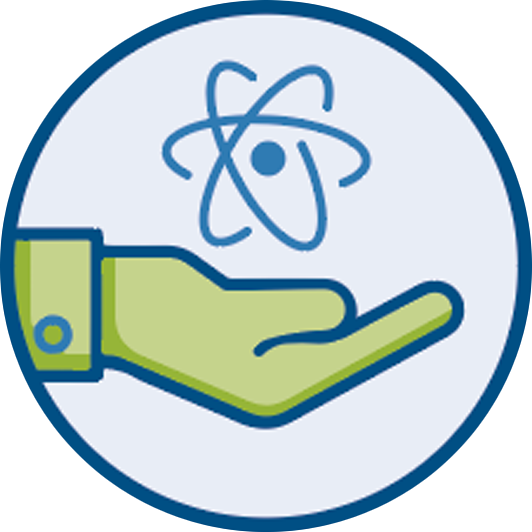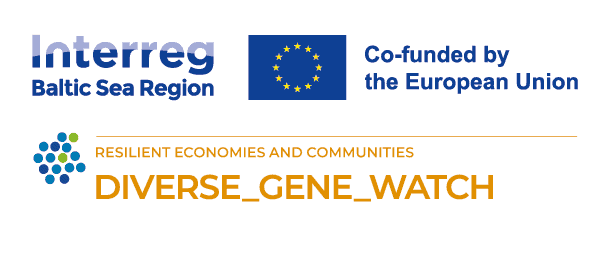
DIVERSE_GENE_WATCH Project Officially Kicked-off in Kaunas.
16 April 2025
The project “Early Forecasting and Monitoring System for Genetic Biodiversity Loss in Keystone Forest Tree Species,” (DIVERSE_GENE_WATCH), was officially launched on 8-9 April 2025 in Kaunas, Lithuania. The kickoff meeting brought together experts of forest genetics, researchers, representatives of sectoral agencies and NGOs, and forest owners from six countries across the Baltic Sea Region.
Dalia Miniataitė, Chief Advisor to the Ministry of Agriculture of Lithuania, welcomed participants during the opening speech. She brought attention to the urgency of adapting European forests to climate change, which is increasingly threatening genetic biodiversity and forest resilience. The importance of enhancing forest resilience to ensure the forestry sector remains competitive in the bio-economy landscape was also highlighted.

Dalia Miniataitė, Chief Advisor to the Ministry of Agriculture of Lithuania, delivers the opening speech at the Diverse Gene Watch kick-off meeting in Kaunas. ©Vytautas Magnus University
During the meeting, the crucial role of genetic diversity in enabling forests to withstand environmental challenges such as severe weather and pests was emphasized. Although extensive scientific research has been conducted, practical application in forest management remains limited. Diverse Gene Watch seeks to close this gap by developing forest genetic monitoring (GM) solution utilizing advanced methods across three levels—DNA analysis, phenology, and remote sensing—to proactively detect and respond to declining genetic diversity.
The first day continued with presentations sessions to provide an overview of the current status of genetic biodiversity conservation in the region and shared insights from past initiatives, such as the LIFEGENMON project. The development of Diverse Gene Watch is introduced as a step forward in advancing forest monitoring. Participants also engaged in dialogue with stakeholders from around the Baltic Sea Region, who voiced shared challenges and perspectives on maintaining forest resilience.
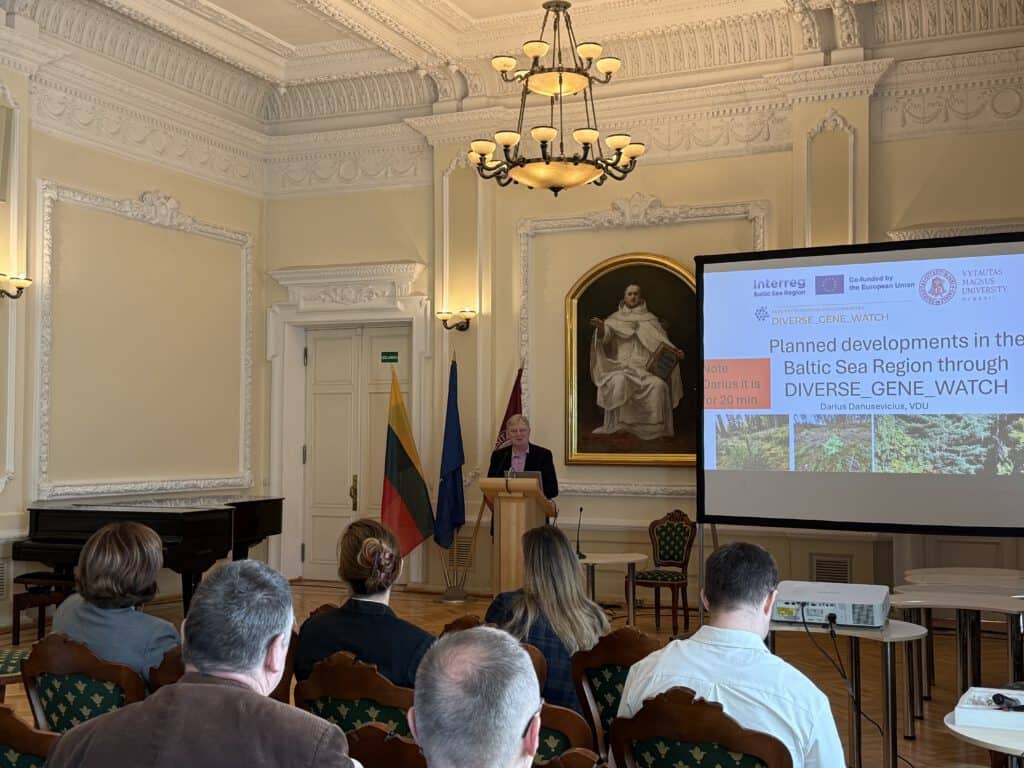
Darius Danusevičius, project coordinator from Vytautas Magnus University, presents the planned development of the Diverse Gene Watch project. ©Vytautas Magnus University
After lunch, the focus shifted to strategic project planning. Project coordinator Darius Danusevičius presented some practical and theoretical inputs to guide the next steps for the project implementation afterward. Partners discussed approaches to engage stakeholders across the Baltic Sea Region and outlined the structure for a series of co-creation workshops to be held in each participating country. Responsibilities were shared among the project partners, and the day concluded with a networking dinner.
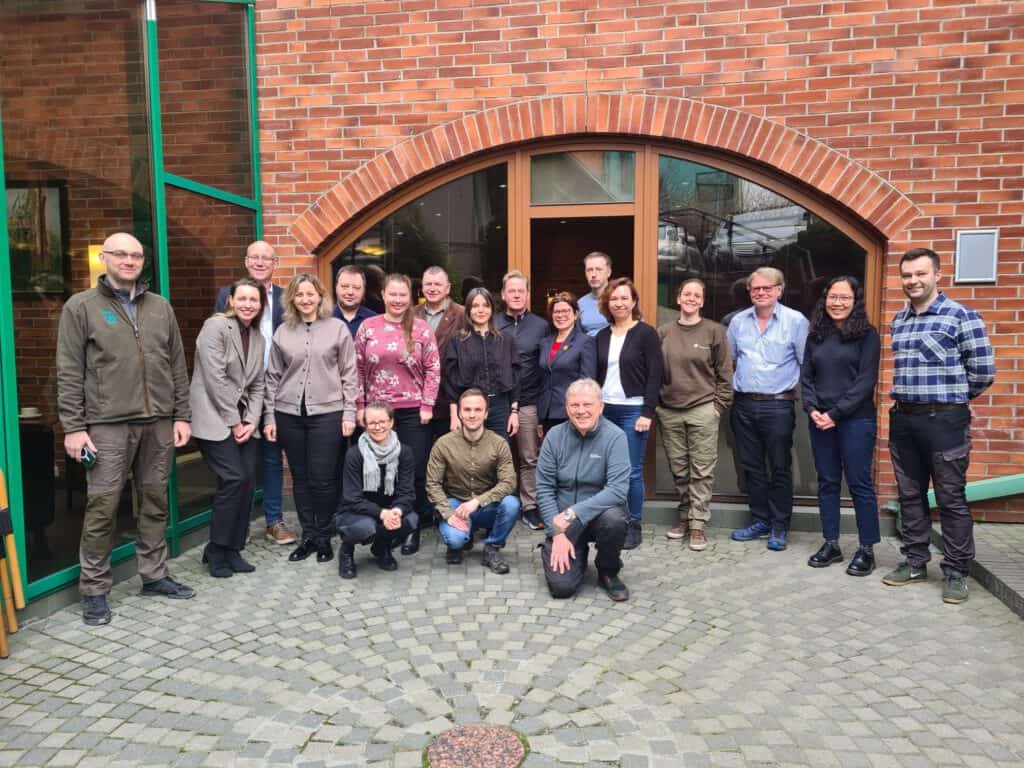
Project partners gather in Kaunas to mark the launch of Diverse Gene Watch. ©Vytautas Magnus University
Day two shifted focus to dissemination and stakeholder engagement strategies, with an interactive session to develop and align key project messages. Time was also allocated to project management and administration, with agreements made on procedural refinements and adjustments to partner work plans.
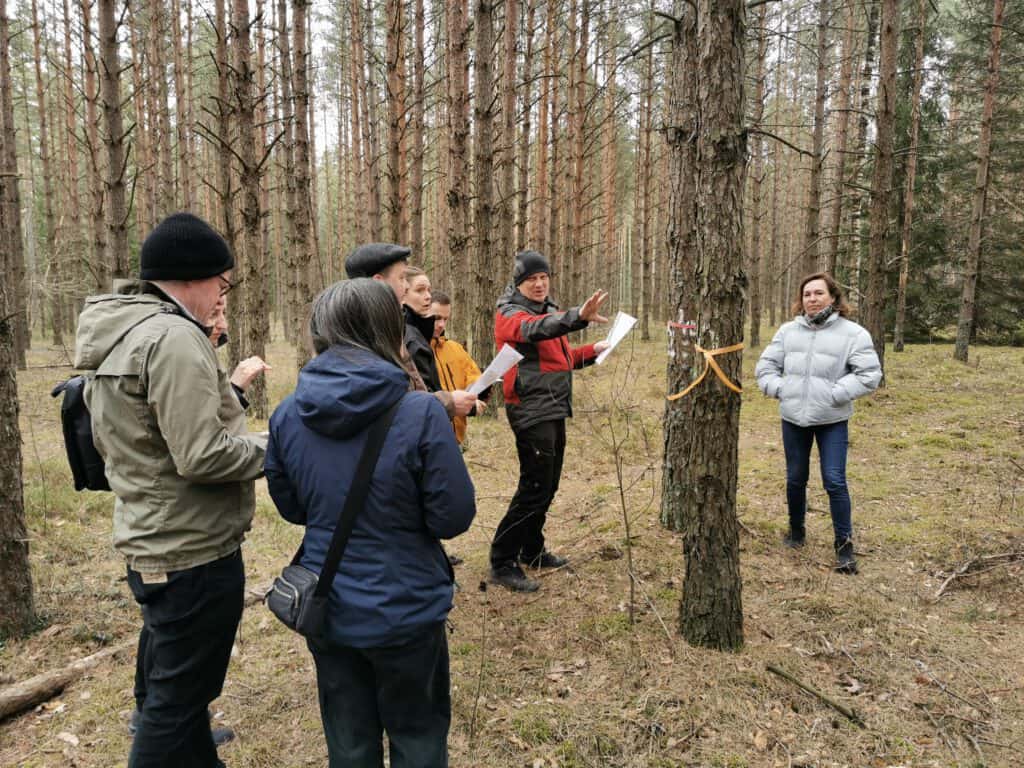
Forest monitoring plots visit in Kazlų Rūda, Kaunas. ©Vytautas Magnus University
The kickoff meeting is concluded with a field trip to forest genetic monitoring plots in Kazlų Rūda. Overall, the kick-off meeting provides a collaborative and well-grounded starting point for impactful project implementation for next the three-year.



